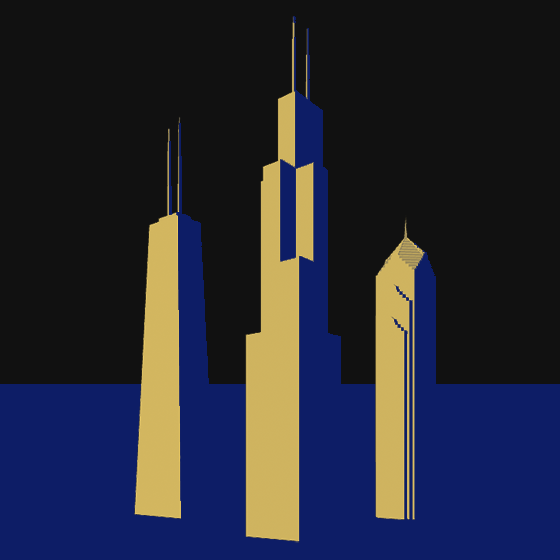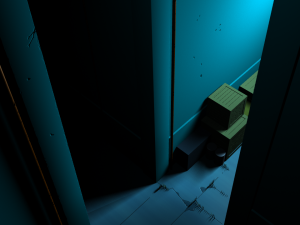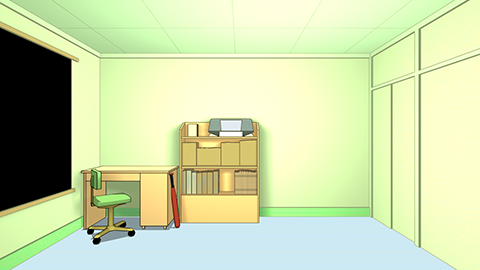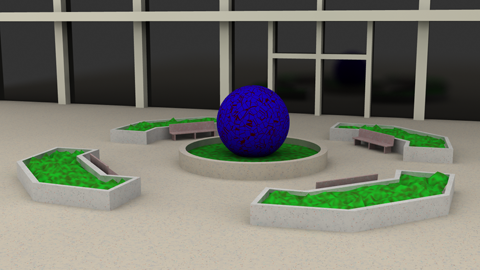The last two weeks have been pretty hectic with the holidays and then getting caught up at work, so I never had a chance to finish touching up the Cowboy Bebop warehouse scene I was creating. But that’s OK, because I learned some good lessons from creating the scene, especially as it relates to building anime-style backgrounds in LightWave. The only touch up I wanted to try was adding a paintbrush effect to the walls, but I don’t expect I would use it very often since I tend to prefer cleaner renders. Plus, that would be something to create in Photoshop, not within LightWave itself, so I can push it off to another time, if I ever need it.
Here are the some of the lessons I learned while working on this scene:



